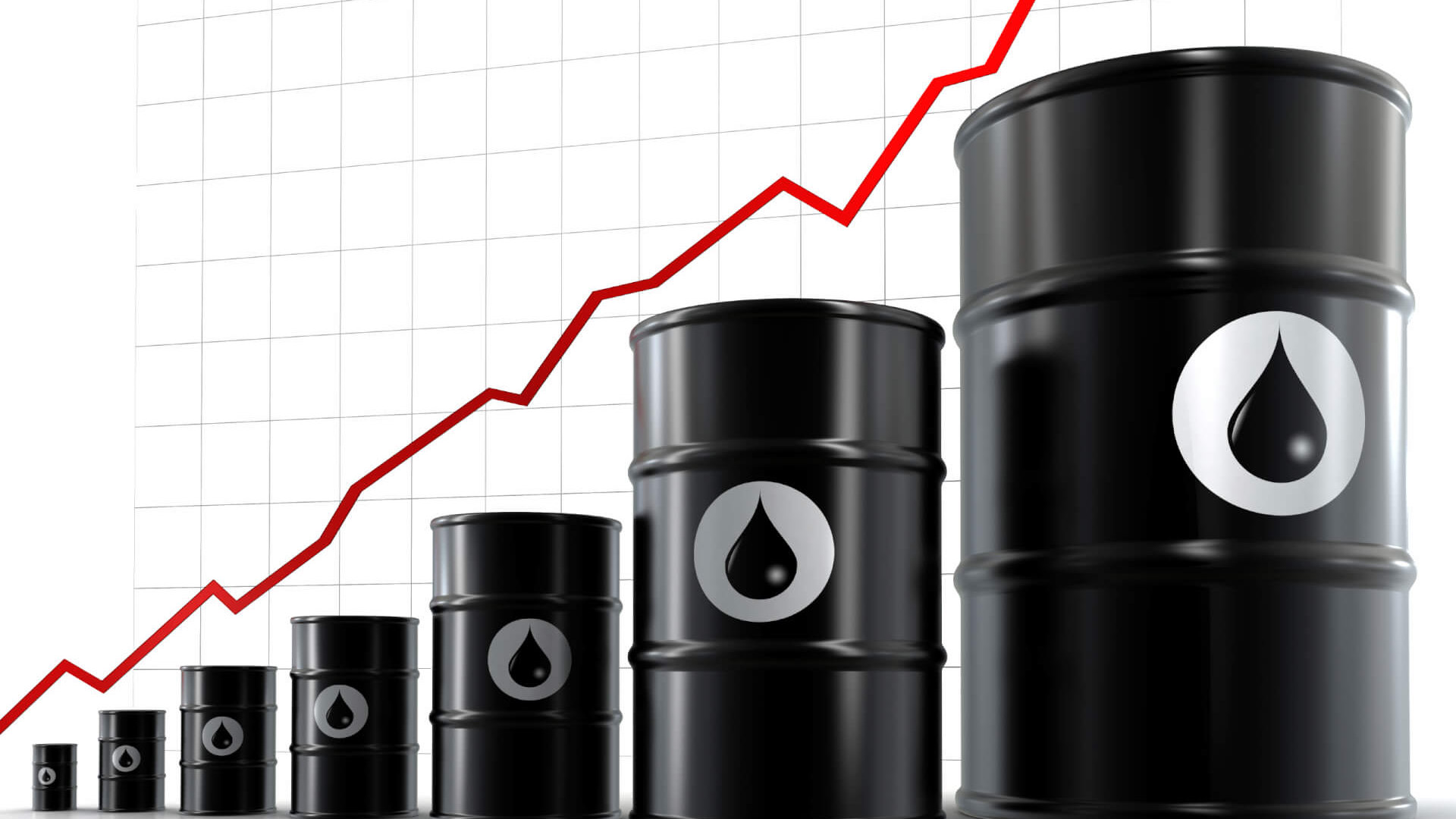Oil prices have a stealthy way of luring investors into the complacency of a trading range, before taking a dramatic turn on the cusp of a single geopolitical factor (often in the Middle East) or variety of coinciding factors.
With any asset, it all comes back to the confluence of supply and demand that drives final pricing. The prior range of $45-55 was largely kept in check by the various supply and demand factors largely falling into balance. In normal conditions, demand is far more predictable than supply over the long-term, with steady growth being the norm in most nations as populations and industries grow, and the secular trend of emerging market demand growing at a faster rate than that of developed markets. Recessions and shifts to better energy efficiency can alter this pattern a bit, but growth remains the base case.
Supply remains the wildcard. We’ve been told we’re awash in domestic oil, thanks to new North American finds resulting from increasingly efficient extraction techniques, such as directional drilling, which is pulling more oil from nooks and crannies deeper in the ground (and ocean floor). Also, the advent and increased cost-effectiveness of shale oil production has allowed for the opening of large swaths of locked oil previously unusable. This potential volume has threatened global supply, traditionally managed by OPEC, and particularly the leader of the group, Saudi Arabia. The problem has stemmed from the Saudis and neighboring countries needing a certain price per barrel in order to maintain adequate incoming revenue to balance government budgets—these breakevens have generally been well over $75/barrel. In response, OPEC has implemented production cuts in order to artificially constrain supply and keep prices higher. In the past, this has been difficult, due to widespread ‘cheating’ (producing more than promised) by members, but in this case, with everyone needing more revenue, compliance seems to have improved. This last week’s pullout of the Iran nuclear deal by the U.S. and potential for re-imposed sanctions has created another problem for supply abroad (the Chinese tend to be heavier users of Iranian oil). Internal political tension in Venezuela, another large producer, has also threatened supplies.
Many of these issues appear manageable, however, one that has created problems for the safety valve of U.S. shale acting as the swing producer is infrastructure. While the oil is there, pipeline and rail capacity hasn’t kept up, due to a lack of upswing in capex spending in recent years. Oil companies and pipeline operators will typically tend to push more significant infrastructure investments if oil prices are expected to stay high and they have a better chance of recouping their initial fixed costs, so this tends to be a multi-year effort rather than a short-term remedy.
Oil prices, especially those due to fickle geopolitics, can be impossible to predict, but it appears consensus from a variety of sources is for crude to trade in the range of $60-70 over the next several years. Not surprisingly, estimates for future oil prices tend to anchor themselves around current prices. This is a bit higher than the expected range in the $50’s not that long ago, but certainly not exorbitant.

